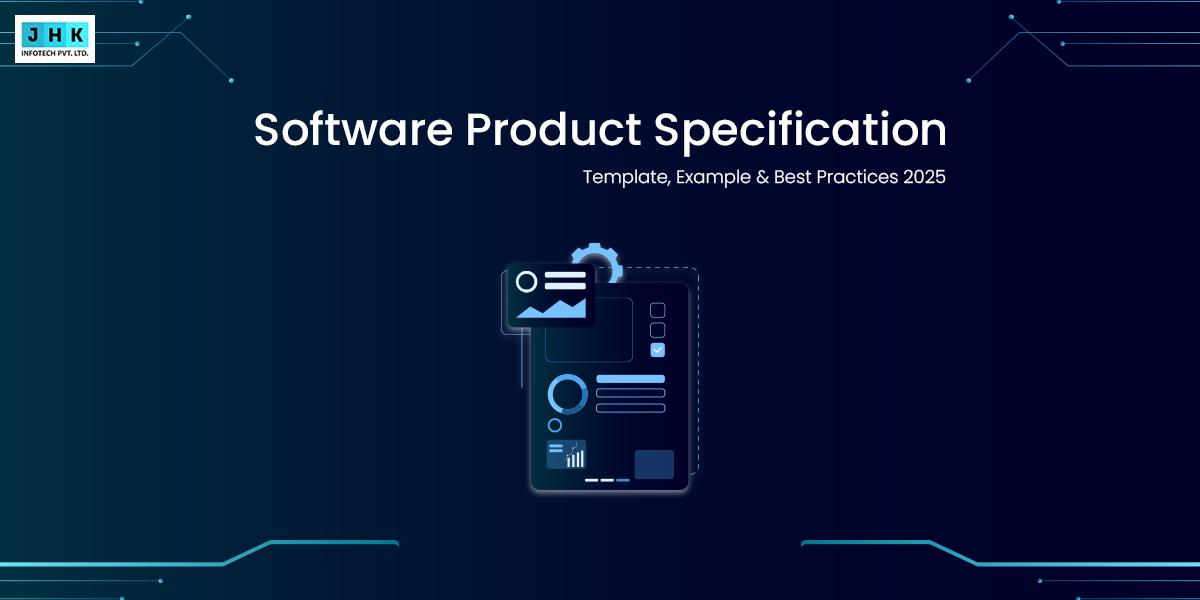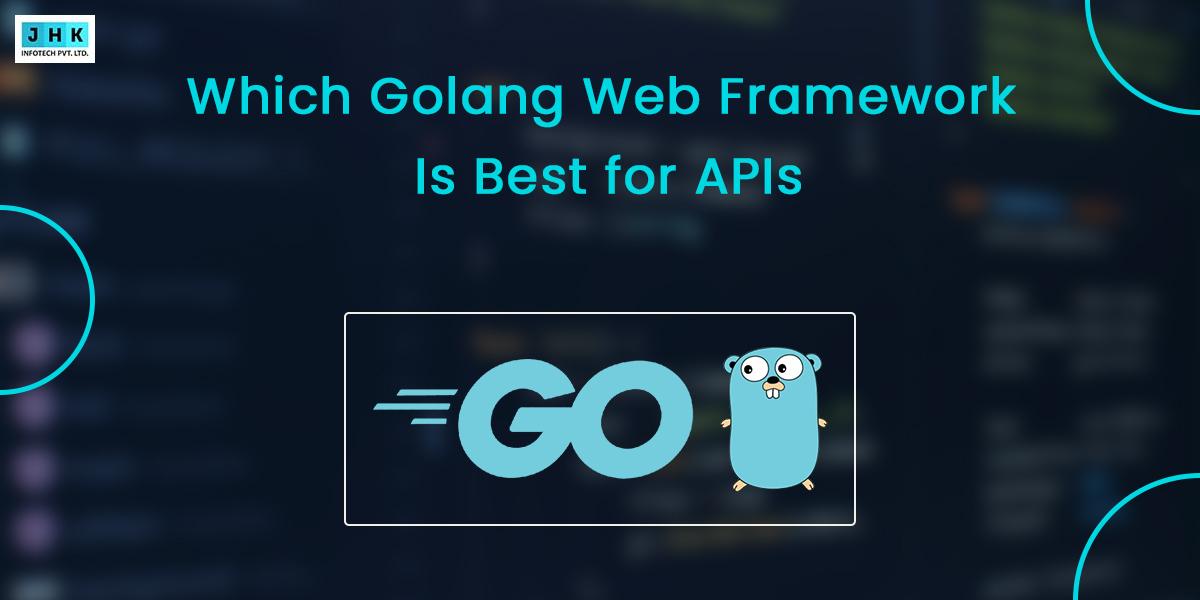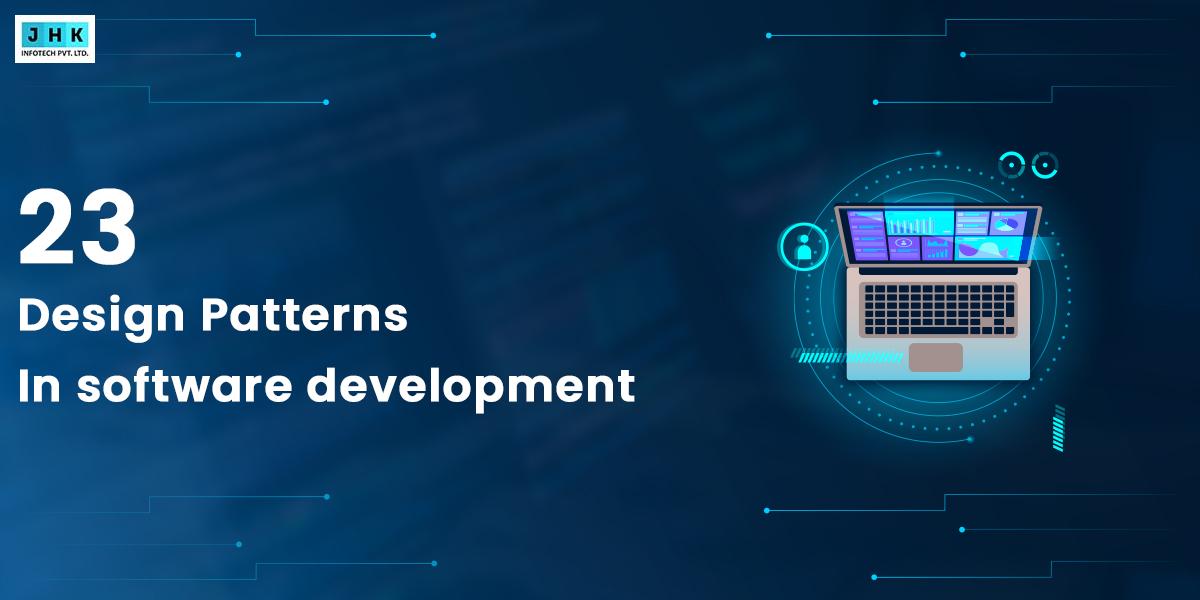What Are the Different Types of Cloud Computing?

In today’s fast-paced digital landscape, cloud computing has become a fundamental driving force behind innovation, efficiency, and scalability. But with so many options available, how do you navigate the vast array of solutions? Understanding the different types of cloud computing is the first step towards making the right decision for your business or project. From boosting data security to enhancing operational flexibility, each cloud model offers distinct advantages that cater to specific needs. Whether you’re considering public clouds, private clouds, or hybrid clouds, choosing the right one can significantly impact your overall performance and cost-efficiency.
Understanding Cloud Computing
Cloud computing has revolutionized the way individuals and businesses access, store, and manage data. By leveraging remote servers hosted on the internet, cloud computing eliminates the need for local infrastructure, enabling users to access resources anytime and anywhere. This technology empowers organizations to streamline operations, reduce costs, and enhance scalability. Whether for personal use or enterprise-level applications, cloud computing is an integral part of modern digital life.
What Are Cloud Service Providers (CSPs) and Their Role?
Before diving into the various cloud computing types, it’s important to understand the key players behind the scenes: cloud service providers (CSPs). Think of CSPs as the backbone of your cloud journey. These are companies—like Amazon Web Services, Microsoft Azure, and Google Cloud Platform—that own and manage the vast networks of servers, storage, and services you access in the cloud.
Rather than investing in expensive, on-premises infrastructure, organizations can simply subscribe to resources through a CSP. This on-demand model allows businesses to scale their operations up or down as needed, without the headaches of physical hardware or maintenance. CSPs handle all the technical heavy lifting, so you can focus on leveraging cloud resources to innovate, grow, and optimize daily operations.
With major CSPs at the helm, your business benefits from enterprise-grade security, high availability, and regular updates, all bundled into a flexible service model. Selecting the right provider—and understanding their role—is a foundational step to harnessing the full potential of cloud computing.
The Three Core Cloud Service Delivery Models
While cloud types determine where and how your resources are hosted, it’s equally important to understand how services are delivered within those environments. The three primary cloud service models each provide varying degrees of control, management, and flexibility:
Infrastructure as a Service (IaaS): This model delivers fundamental computing resources—such as virtual machines, networking, and storage—over the internet. You are responsible for managing the operating systems, applications, and data, while cloud providers such as Amazon Web Services (AWS), Microsoft Azure, or Google Cloud manage the underlying infrastructure. IaaS is ideal for businesses that need the freedom to configure resources without the overhead of maintaining hardware.
Platform as a Service (PaaS): offers a pre-configured environment for developing and deploying applications. With platforms like Google App Engine or Microsoft Azure App Service, developers can focus on building and deploying apps, while the provider manages the servers, networking, and storage. This model accelerates application development by reducing software maintenance and infrastructure concerns.
Software as a Service: Saas provides fully managed applications accessible over the internet. Users simply access software—like Salesforce, Dropbox, or Microsoft 365—via a web browser, without worrying about installing or maintaining anything. The service provider manages everything from infrastructure to security, ensuring optimal convenience and scalability.
Each of these service delivery models empowers organizations to select the right balance of flexibility, control, and operational simplicity, depending on their unique needs.
Overview of Cloud Computing Types
What Defines a Cloud Computing Type?
Cloud computing types are defined by the way resources are deployed, accessed, and managed. Factors such as ownership, access levels, infrastructure, and purpose differentiate these types. These distinctions help users choose a model that aligns with their security, scalability, and budgetary requirements.
The Four Main Cloud Computing Models
Cloud computing is categorized into four fundamental models: public cloud, private cloud, hybrid cloud, and community cloud. Each model has a distinct structure and application, serving diverse use cases. These models form the foundation of the cloud ecosystem, catering to various organizational needs.
What is a Public Cloud?
Public clouds are operated by third-party providers, offering shared resources over the internet. These resources, including storage, servers, and applications, are accessible to multiple users on a pay-as-you-go basis. Public clouds are often synonymous with scalability and cost-efficiency.
Key Features of Public Cloud Services
Public cloud services are characterized by their accessibility, scalability, and affordability. They are maintained by the provider, ensuring regular updates and robust security measures. Additionally, users can easily scale resources up or down based on demand, making them ideal for fluctuating workloads.
Benefits of Using Public Cloud
Public clouds offer unparalleled flexibility, allowing businesses to quickly deploy applications and services. They minimize the requirement for significant capital investments, allowing users to pay solely for the resources they utilize. Furthermore, public clouds provide access to cutting-edge technologies, fostering innovation.
Challenges and Limitations
Despite their advantages, public clouds may pose security concerns due to shared infrastructure. Performance can also be affected by high demand from other users. Additionally, long-term costs may escalate for businesses with consistent and high usage.
What is a Private Cloud?
Private clouds are exclusively allocated to one organization, and can be either hosted on-site or by an external service provider. They provide exclusive access to resources, ensuring enhanced control and security.
Characteristics of Private Cloud Solutions
Private clouds offer high levels of customization, enabling organizations to tailor the infrastructure to their specific needs. They are known for their robust security protocols, often meeting stringent compliance requirements. These clouds also ensure predictable performance levels.
Advantages of Private Cloud for Enterprises
Private clouds provide enhanced security, making them suitable for industries handling sensitive data, such as finance and healthcare. They also enable organizations to have complete control over their infrastructure, ensuring optimized performance and resource allocation.
Potential Drawbacks of Private Cloud
The primary drawback of private clouds is their cost. Setting up and maintaining a dedicated infrastructure requires significant investment. Additionally, they may lack the scalability and flexibility of public clouds.
What is a Hybrid Cloud?
Hybrid clouds combine public and private cloud elements, allowing data and applications to move seamlessly between the two environments. This approach combines the advantages of both options, providing an optimal solution.
How Hybrid Cloud Combines Public and Private Models
Hybrid clouds integrate public cloud scalability with private cloud security. This approach enables organizations to use public clouds for non-sensitive operations while retaining critical workloads in private clouds.
Benefits of Hybrid Cloud for Businesses
Hybrid clouds enhance agility, allowing businesses to adapt to changing demands. They optimize costs by leveraging public clouds for less critical tasks. Moreover, they support regulatory compliance by ensuring sensitive data remains in private environments.
Challenges of Implementing Hybrid Cloud
Implementing a hybrid cloud can be complex, requiring seamless integration between public and private environments. Ensuring consistent performance and robust security across both infrastructures can also be challenging.
What is a Community Cloud?
Community clouds are shared by multiple organizations with similar goals or requirements. They provide a collaborative environment for industries such as education, healthcare, or government.
Use Cases for Community Cloud Computing
Community clouds are ideal for organizations that require shared resources for joint projects. For instance, universities may use them for research collaborations, while government agencies might leverage them for interdepartmental communication.
Advantages of Community Cloud for Collaboration
Community clouds promote collective engagement by offering a secure, shared infrastructure for collaboration. They reduce costs by distributing expenses among participants. Furthermore, they enhance efficiency through standardized processes and tools.
Drawbacks to Consider
Community clouds may lack the scalability of public clouds. Additionally, aligning the goals and requirements of all participants can be challenging.
Comparing the Types of Cloud Computing
Key Differences Between Public, Private, Hybrid, and Community Clouds
Each cloud type offers unique features and benefits. Public clouds prioritize scalability, private clouds emphasize security, hybrid clouds balance flexibility and control, while community clouds cater to shared goals.
Key Considerations for Selecting the Right Cloud Model
Evaluate aspects like cost, security, scalability, and regulatory compliance needs. Evaluating these aspects ensures the chosen cloud type aligns with organizational needs.
Specialized Cloud Computing Types
Multi-Cloud Strategies and Their Benefits
Multi-cloud strategies involve using multiple cloud providers for different tasks. This approach enhances reliability, prevents vendor lock-in, and optimizes costs.
Edge Computing as an Emerging Cloud Model
Edge computing handles data near its origin, minimizing latency and enhancing performance. This approach is vital for applications such as IoT and self-driving vehicles.
Industry-Specific Cloud Types (e.g., Healthcare, Finance, Education)
Certain industries benefit from tailored cloud solutions. Healthcare clouds prioritize patient data security, while financial clouds enhance transaction efficiency. Educational clouds support e-learning platforms.
Key Use Cases for Each Cloud Type
Best Applications for Public Cloud
Public clouds are ideal for startups, testing environments, and non-sensitive data storage. They enable rapid scaling for fluctuating demands.
Common Scenarios for Private Cloud Adoption
Private clouds are best for industries with stringent security requirements, such as banking and healthcare. They ensure compliance with regulations.
How Hybrid Cloud Supports Digital Transformation
Hybrid clouds facilitate digital transformation by enabling seamless integration of legacy systems with modern applications. They enhance flexibility and innovation.
Collaboration Examples in Community Cloud
Community clouds are perfect for joint research projects, government initiatives, and industry-specific collaborations. They provide a unified platform for shared objectives.
Key Components of a Cloud Computing Environment
At its core, a cloud computing environment is made up of several interconnected elements that work together seamlessly to deliver resources over the internet. Rather than depending solely on on-premises hardware and software, businesses leverage a network of remote resources tailored to meet diverse needs. Here’s what typically forms the backbone of any cloud setup:
- Networks: The foundation, connecting users to remote services and data centers via the internet.
- Servers: Powerful machines—often scattered across multiple geographic locations—that store, process, and distribute data on demand.
- Data Centers: Secure facilities filled with racks of servers, networking equipment, and robust cooling systems to ensure reliability and uptime.
- Operating Systems: Software layers that manage hardware resources and facilitate applications to run smoothly in the cloud.
- Hardware and Middleware: The physical devices and intermediary software enabling efficient communication between applications, databases, and users.
- APIs (Application Programming Interfaces): Tools that allow different software applications and services to interact with the cloud environment efficiently.
- Applications: Everything from web-based software and productivity suites to complex mobile apps, all delivered through the cloud.
Together, these components create the flexible, scalable, and resilient ecosystem businesses depend on for everyday operations and long-term growth.
Future Trends in Cloud Computing
The Rise of Multi-Cloud and Hybrid Strategies
Organizations increasingly adopt multi-cloud and hybrid strategies to enhance resilience and flexibility. These approaches optimize resource utilization.
AI and Machine Learning in Cloud Computing Models
AI and machine learning are transforming cloud computing, enabling predictive analytics, automation, and intelligent decision-making.
Sustainability and Green Cloud Initiatives
Green cloud initiatives focus on reducing carbon footprints. Cloud providers are adopting renewable energy and efficient infrastructure to achieve sustainability.
Final Thought
Public, private, hybrid, and community clouds each offer unique benefits and challenges. Understanding their distinctions is key to informed decision-making.
Selecting the right cloud model ensures alignment with business objectives, cost-efficiency, and scalability. Assess needs thoroughly for optimal results.
As cloud computing evolves, emerging trends like AI, edge computing, and sustainability will shape its trajectory. Embrace these innovations to stay ahead.









